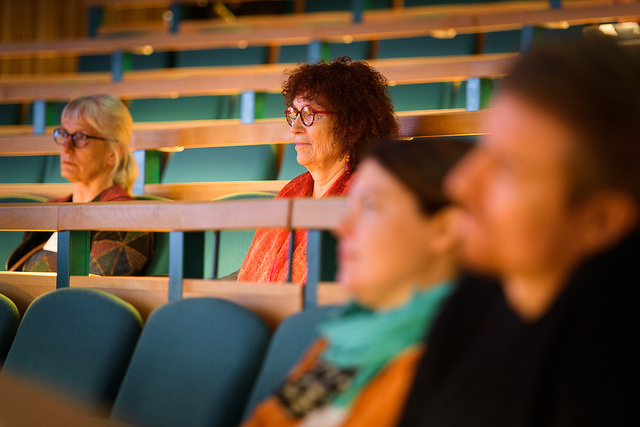For the last year or so, my colleagues and I have been working on a SSHRC-funded project examining the experiences of harassment that women academics face online. “We” refers to my colleagues Jaigris Hodson, and our two amazing research assistants Chandell Gosse and Shandell Houlden. We’re now at a point where we will start sharing artifacts from this work more and more broadly, including a wesbsite, scenario-based simulations, webinars, and, in due course, cc-licensed pedagogical materials to lead workshops on understanding and responding to online harassment.
Our first two papers sought to understand the experience of online harassment: what does it do? how do women cope with it? what supports do they use to respond to it?
These two papers are available below.
Veletsianos, G., Houlden, S., Hodson, J., Gosse, C. (2018). Women Scholars’ Experiences with Online Harassment and Abuse: Self-protection, Resistance, Acceptance, and Self-Blame. New Media & Society, 20(12), 4689-4708. [PDF Preprint]
Abstract: Although scholars increasingly use online platforms for public, digital, and networked scholarship, the research examining their experiences of harassment and abuse online is scant. In this study, we interviewed 14 women scholars who experienced online harassment in order to understand how they coped with this phenomenon. We found that scholars engaged in reactive, anticipatory, preventive, and proactive coping strategies. In particular, scholars engaged in strategies aimed at self-protection and resistance, while often responding to harassment by acceptance and self-blame. These findings have important implications for practice and research, including practical recommendations for personal, institutional, and platform responses to harassment, as well as scholarly recommendations for future research into scholars’ experiences of harassment.
Hodson, J., Gosse, C., Veletsianos, G., Houlden, S. (2018). I Get By With a Little Help From My Friends: The Ecological Model and Support for Women Scholars Experiencing Online Harassment. First Monday, 23(8). doi: https://doi.org/10.5210/fm.v23i8.9136
Abstract: This article contributes to understanding the phenomenon of online abuse and harassment toward women scholars. We draw on data collected from 14 interviews with women scholars from the United States, Canada, and the United Kingdom, and report on the types of supports they sought during and after their experience with online abuse and harassment. We found that women scholars rely on three levels of support: the first level includes personal and social support (such as encouragement from friends and family and outsourcing comment reading to others); the second includes organizational (such as university or institutional policy), technological (such as reporting tools on Twitter or Facebook), and sectoral (such as law enforcement) support; and, the third includes larger cultural and social attitudes and discourses (such as attitudes around gendered harassment and perceptions of the online/offline divide). While participants relied on social and personal support most frequently, they commonly reported relying on multiple supports across all three levels. We use an ecological model as our framework to demonstrate how different types of support are interconnected, and recommend that support for targets of online abuse must integrate aspects of all three levels.

